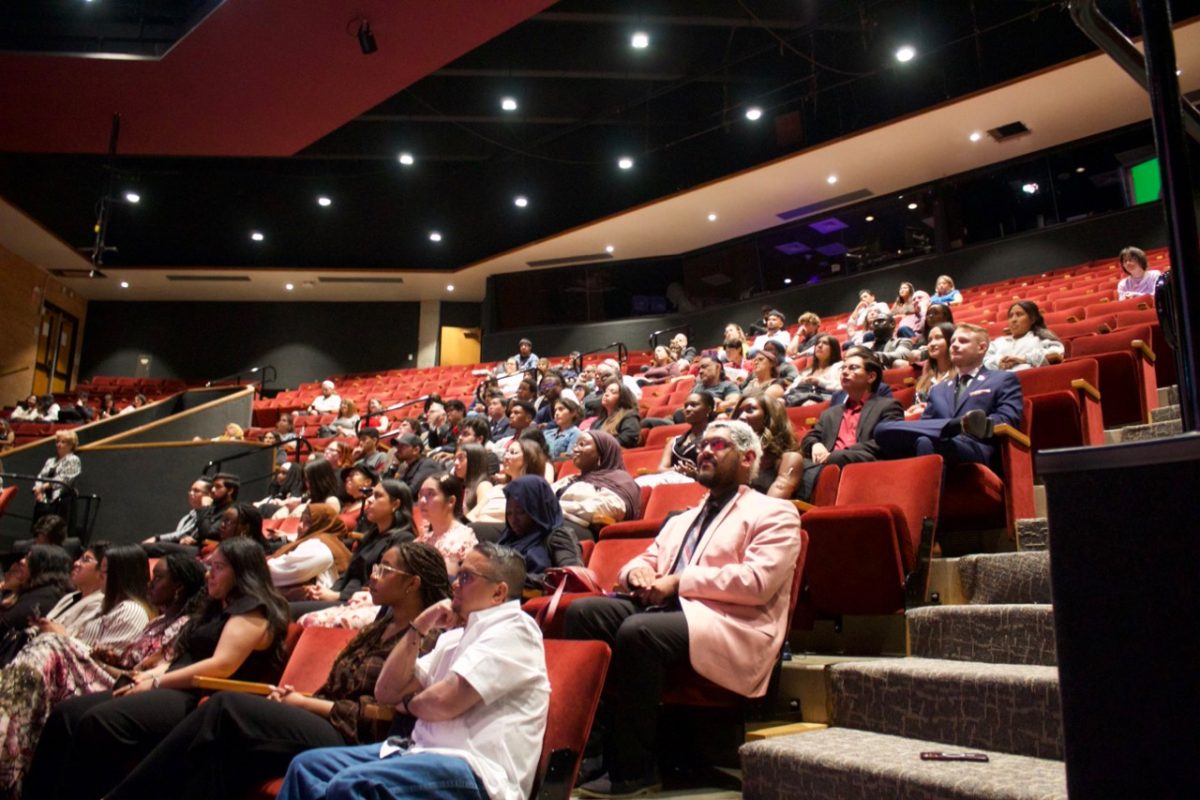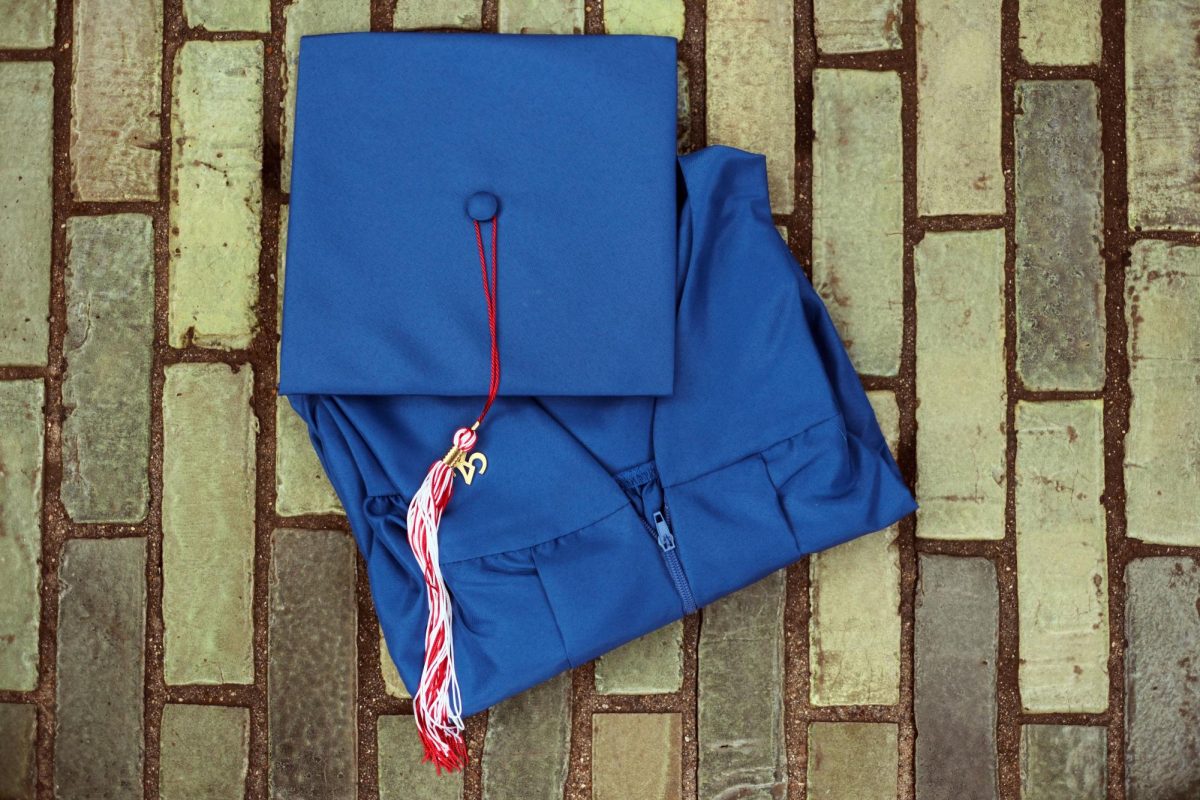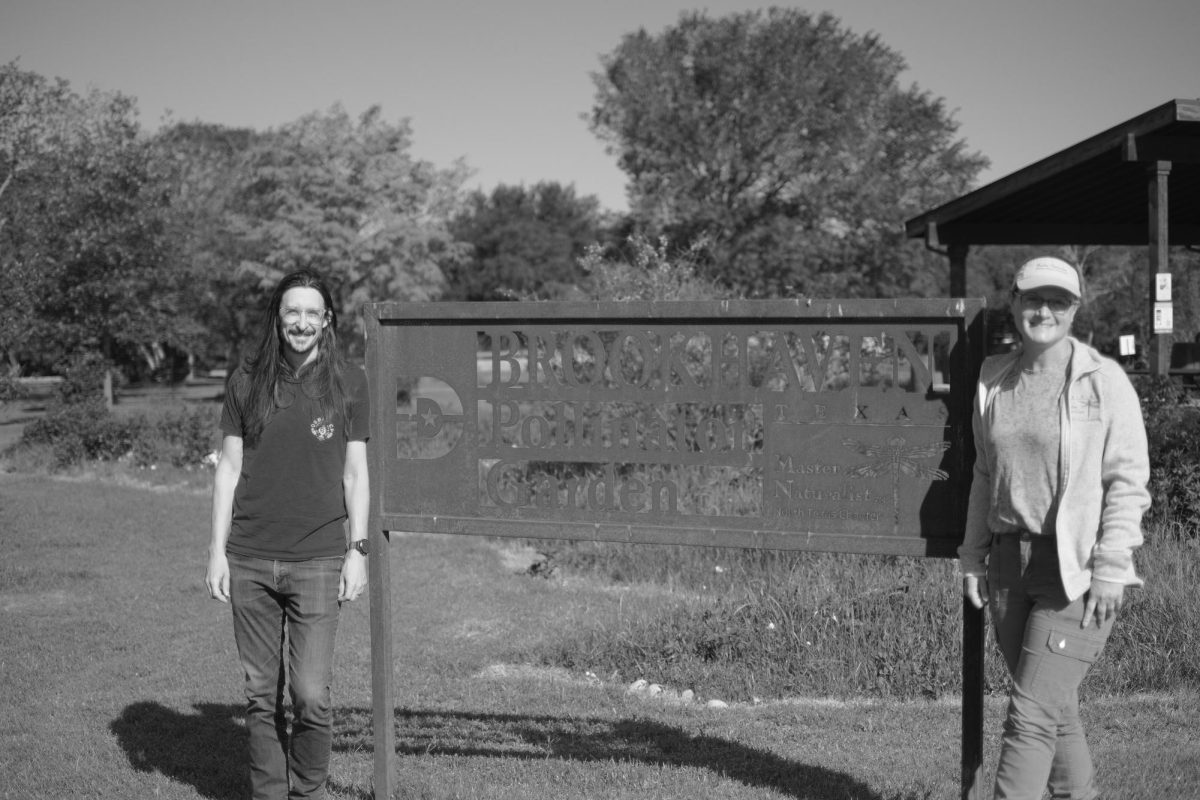A Brookhaven College faculty member takes a road trip across the country to experience the solar eclipse in the path of totality.
By Juan Betancourt
Sports/Web Editor
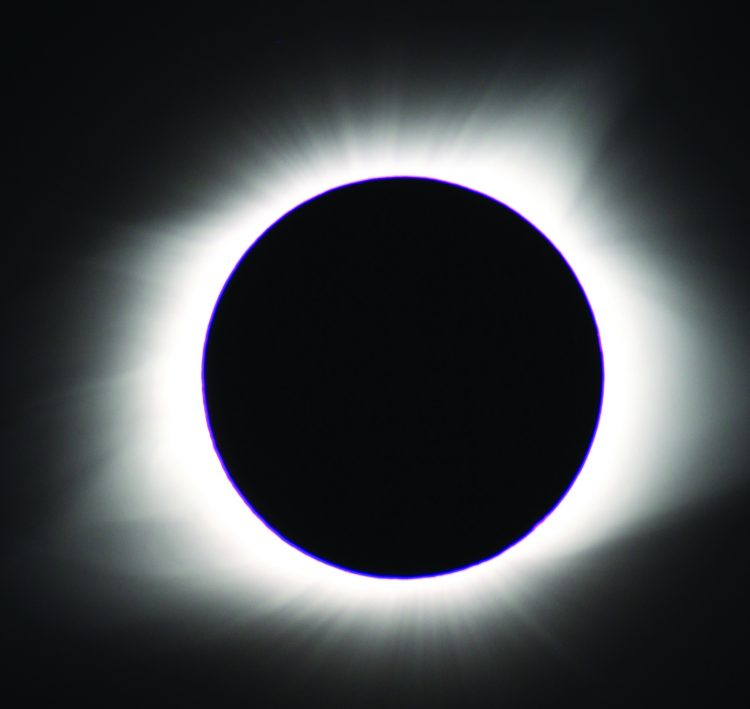
The sun’s corona is visible during The Great American Eclipse Aug. 21 in Roberts, Idaho; the moon covers the sun during the total solar eclipse.
A Brookhaven College faculty member takes a road trip across the country to experience the solar eclipse in the path of totality.
Chaz Hafey, Brookhaven College astronomy and physics lab coordinator, said he never thought he would see his first total solar eclipse from the small town of Roberts, Idaho.
A few days before the eclipse, Hafey traveled with his friend Dennis Harwell, a software engineer, and looked for a spot to camp out and view the total eclipse. While driving, they spotted a sign that read, “Eclipse Celebration Here,” and decided to check it out, he said.
According to the U.S. Census Bureau, Roberts has a population of 579 people. Hafey said the town hosted a three-day festival, the Roberts Idaho Eclipse Festival, at Mustang Park. Hafey and Harwell said they decided to stay, as they were allowed to camp out at the park.
“There were vendors, hot dogs and T-shirts,” Hafey said. “All sorts of things.”
Hafey said he did not want to view the partial eclipse in Dallas because it would only experience 76 percent of darkness. Hafey said he chose Idaho because it was one of the states along the path of totality. He said he wanted to see totality with his own eyes.
Hafey said he was worried the day before that clouds were going to block the eclipse. There were small clouds on the day of the eclipse, but they were far away from the sun. The partial eclipse began at 10:15 a.m. in Roberts, according to eclipse2017.org.
Harwell said they were prepared with a backup plan. If the weather did not cooperate, they would have gone to Glendo, Wyoming.
Hafey said they packed some equipment to view the eclipse. He also said they used special viewing glasses to observe the sun safely. He used a cheese grater and a colander to project the eclipse onto a surface. The holes in the kitchen utensils acted as pinhole cameras that allowed Hafey to safely view the eclipse without looking at the sun.
At 11:32 a.m., the sky over Idaho darkened, and Hafey saw totality for the first time in his life. The darkness lasted two minutes and 16 seconds in the area, according to eclipse2017.org. “Words can’t describe it … you’ll have to see it for yourself,” Harwell said describing the eclipse.

Hafey said he was excited to photograph phases of the eclipse.
Hafey and Harwell had a mounted tripod that tracked the movement of the sun. Hafey took a photo every five minutes with his DSLR camera and attached a filter into a telephoto lens to photograph the phases of the eclipse.
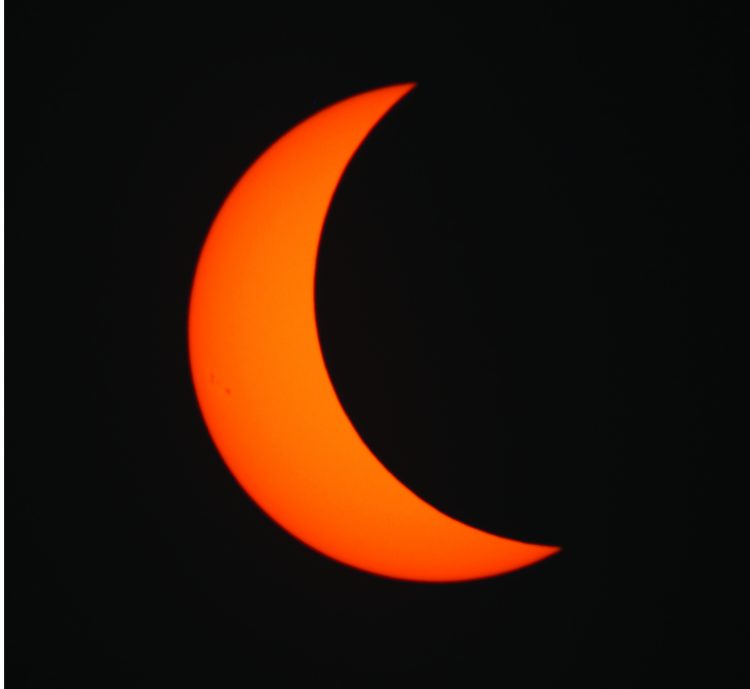
When he took off the filter to photograph the totality phase, he said the first shot was overexposed. “It was terrible,” Hafey said.
He got a clear image of the eclipse’s diamond ring. The diamond ring is formed before and after totality when the light of the sun’s corona forms a diamond ring shape, according to NASA.
He also photographed Bailey’s beads, the phase that occurs seconds before and after totality where the sun’s light shines through the edges of the moon, according to NASA.
Hafey said he also tried to capture an image of shadow bands, mysterious dark and light beams that are sometimes visible on the ground minutes before and after totality, according to space.com.
Hafey said they were difficult to photograph and he could not capture an image. However, he captured them on video.
Hafey said he is planning for the next total solar eclipse on April 8, 2024. Hafey said he plans to go out of state to see the eclipse because Texas thunderstorm weather might be an issue.
“I’m going to get my car packed and ready to go somewhere where it’s clear,” Hafey said.


